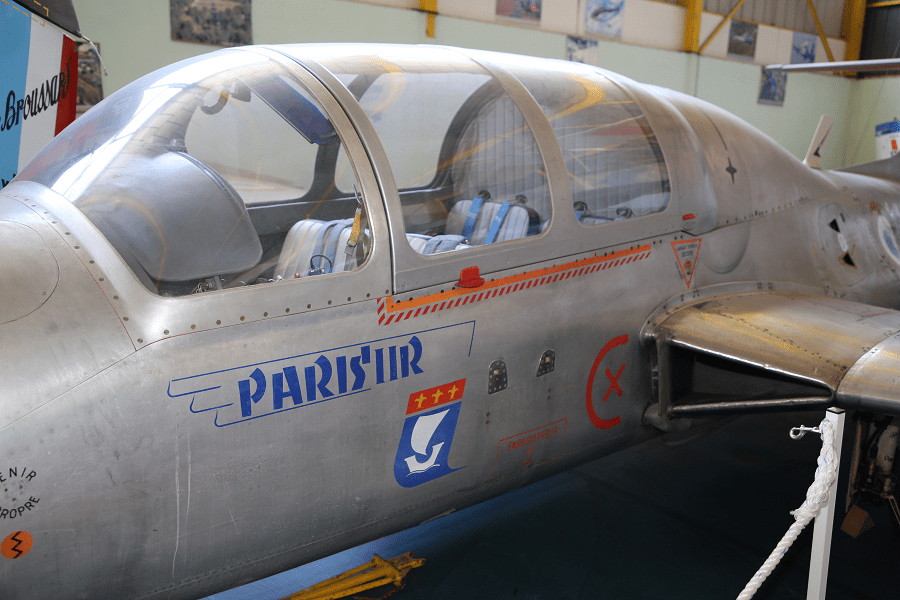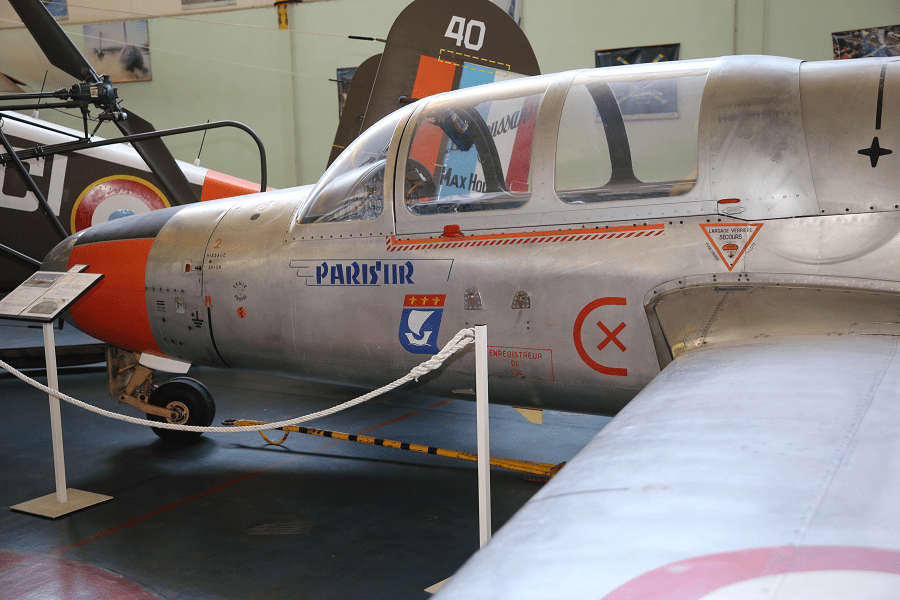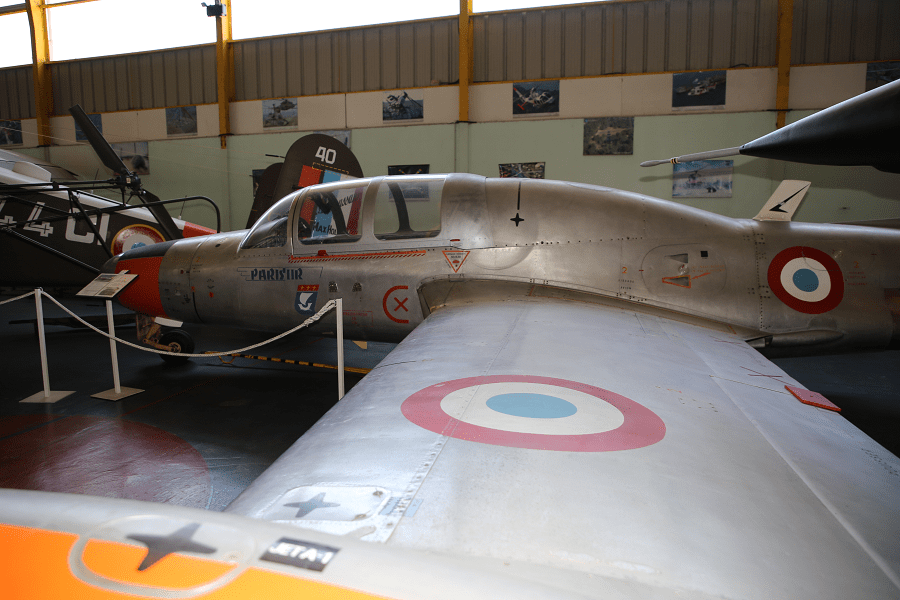The Morane-Saulnier MS.760 Paris is a French four-seat jet trainer and liaison aircraft designed and manufactured by Morane-Saulnier.
The Paris was based upon an earlier proposed trainer aircraft, the MS.755 Fleuret. Following the failure of the French Air Force to select the Fleuret, Morane-Saulnier opted to develop the design into a liaison aircraft and compact business jet.
The primary difference between the two designs was the altered seating arrangement, the original side-by-side seating two-seat cockpit was modified to allow for the addition of another row of two seats to accommodate passengers.
The Paris retained the flight characteristics of the Fleuret along with the option for installing armaments, which maintained its potential for use as a military trainer as well for civil aviation. On 29 July 1954, the prototype performed the type’s maiden flight.
The primary operator of the Paris was the French air services, who used the type for liaison purposes between 1959 and 1997. During 1955, Morane-Saulnier and American aviation company Beech Aircraft formed a joint venture to market the Paris as the first business jet on the North American market, but the venture was dissolved a few years later due to a lack of customer interest.
During the 1960s more advanced variants were developed such as the MS.760B Paris II and the six-seat MS.760C Paris III; the latter would not enter production however. While four-seat propeller planes are commonplace, jet-powered aircraft with this seating arrangement, such as the Grumman EA-6B Prowler combat aircraft, have remained comparatively rare.
- First flight July 1954
- Crew: 2
- Maximum speed: 650 km/h
Armament
Guns: Provision for 2× machine guns in nose
Rockets: Racks for 4× 90 mm rockets
Bombs: 2× 50 kg (110 lb) bombs
Aéroplanes Morane-Saulnier was a French aircraft manufacturing company formed in October 1911 by Raymond Saulnier (1881–1964) and the Morane brothers, Léon (1885–1918) and Robert[(1886–1968). The company was taken over and diversified in the 1960s.















